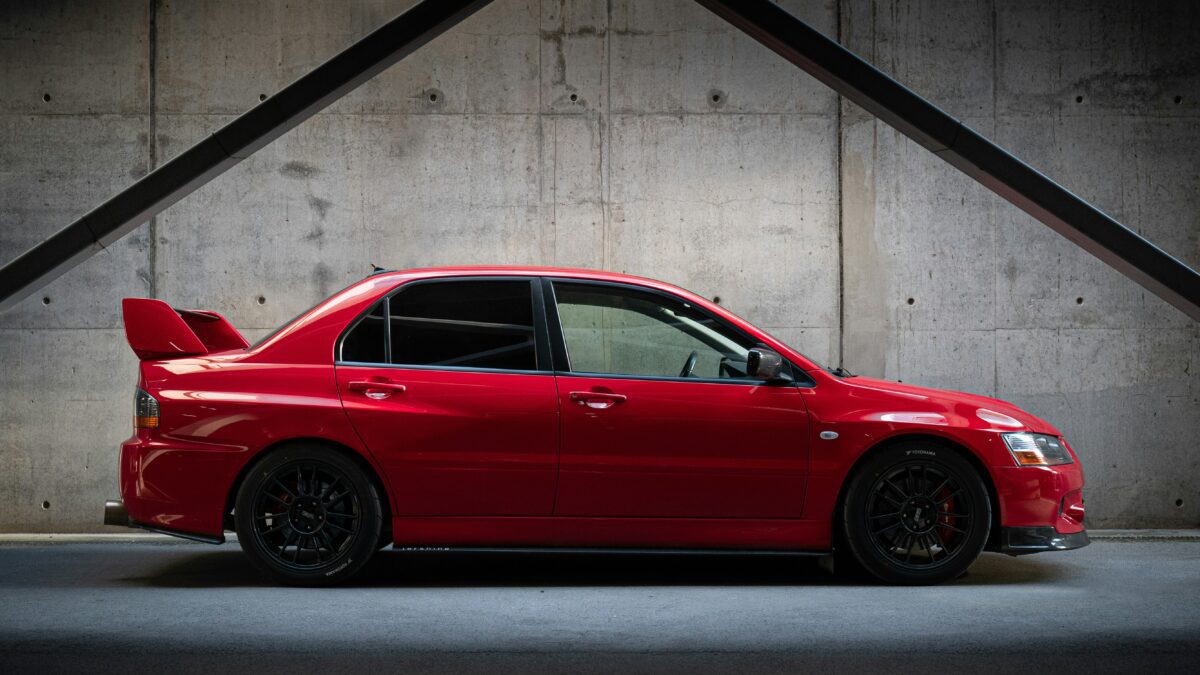Introduction to the Evolution of Cars
Cars have always been more than just a means of transportation; they are symbols of freedom, innovation, and style. From the moment the first horseless carriage hit the dirt roads to today’s sleek electric vehicles, each era has left its mark on automotive history. As we delve into this fascinating journey through time, we’ll explore how design, technology, and culture shaped our beloved automobiles. Buckle up as we take you from vintage classics to modern marvels—each chapter tells a story worth remembering.
The Early Years: From Horseless Carriages to the Model T
The dawn of the automotive age began with a sense of wonder and experimentation. Inventors toiled over steam engines and mechanical contraptions, yearning for a new mode of transportation. These horseless carriages rolled out onto unpaved roads, often drawing curious stares.
Early models varied greatly in design. Some resembled carriages without horses while others were more like motorized bicycles. Each invention brought its own quirks and challenges, showcasing human ingenuity at its finest.
Then came Henry Ford’s groundbreaking Model T in 1908. This vehicle transformed the industry by making cars accessible to the masses. It wasn’t just about transportation; it symbolized freedom and opportunity.
Production methods evolved rapidly as assembly lines became commonplace. The Model T represented not only innovation but also a shift in society’s landscape—people could travel farther than ever before, reshaping how they experienced life itself.
The Rise of American Muscle Cars in the 1960s and 1970s
The 1960s and 1970s marked a golden era for American muscle cars. These vehicles embodied power, speed, and an unmistakable presence on the road. With their aggressive designs and rumbling engines, they captured the imagination of car enthusiasts everywhere.
Manufacturers like Ford, Chevy, and Dodge unleashed iconic models such as the Mustang, Camaro, and Charger. Each car was a statement—a declaration of freedom and rebellion during a time of social change.
Performance became paramount. Big-block V8 engines roared to life with impressive horsepower numbers. Drag racing scenes thrived across America as drivers pushed these machines to their limits.
American culture embraced this automotive revolution wholeheartedly. Car shows filled parking lots while popular music celebrated these beasts on wheels. The allure of muscle cars wasn’t just about transportation; it became part of a lifestyle that still resonates today.
The Impact of Japanese Imports in the 1980s and 1990s
The 1980s and 1990s marked a transformative era for the American automotive landscape. Japanese imports began to flood the market, shifting consumer preferences dramatically.
Brands like Toyota, Honda, and Nissan introduced vehicles that prioritized reliability and fuel efficiency. Suddenly, the allure of powerful V8 engines took a backseat to compact cars that could go further on less gas. This was especially appealing during times of oil crises.
Japanese automakers also perfected manufacturing techniques. Their lean production methods made it possible to produce high-quality vehicles at competitive prices. The result? An increase in sales that caught Detroit off guard.
Consumers enjoyed an array of options: from sporty sedans to practical hatchbacks. These imports not only reshaped car ownership but also forced American manufacturers to rethink their strategies and innovate in ways they hadn’t before. Competition intensified as quality became king in an evolving marketplace.
Modern Innovations: Electric and Self-Driving Cars
The automotive landscape is undergoing a remarkable transformation. Electric vehicles (EVs) are leading the charge, offering an eco-friendly alternative to traditional gas guzzlers. With advancements in battery technology, range anxiety is becoming a thing of the past.
Brands like Tesla have redefined expectations with impressive performance and sleek designs. Meanwhile, major manufacturers are ramping up their EV portfolios to meet growing demand.
Self-driving cars represent another revolutionary leap forward. These vehicles utilize complex algorithms and sensors to navigate roads autonomously. Companies like Waymo and Cruise are testing these systems in real-world conditions.
Safety and convenience take center stage as automation becomes more integrated into everyday driving experiences. The future seems bright as innovations continue to emerge at a rapid pace, redefining how we think about transportation altogether. Embracing these changes promises exciting possibilities for drivers everywhere.
The Future of Automotive Industry: Predictions and Challenges
The automotive industry stands at a pivotal crossroads. With rapid advancements in technology, the landscape is shifting faster than ever before. Electric vehicles are no longer just a trend; they’re becoming mainstream. Major manufacturers are investing heavily in battery technology, aiming for better range and performance.
Self-driving cars hold immense potential to change our daily lives. Imagine commuting without the hassle of traffic or parking. However, along with these innovations come significant challenges such as regulatory hurdles and safety concerns that need addressing.
Sustainability is another pressing issue on the horizon. As climate awareness grows, consumers demand greener alternatives from carmakers. This shift pushes companies to innovate not only in vehicle design but also in manufacturing processes.
Moreover, urbanization trends mean cities must adapt to accommodate new vehicle technologies while managing congestion effectively. Collaboration between automakers, tech companies, and governments will be crucial for navigating this evolving landscape.
With so many exciting developments ahead, it’s clear that the journey through automotive history has led us here—a place ripe with possibilities yet fraught with obstacles that require careful consideration and action moving forward. The road ahead promises to be thrilling as we embrace both innovation and responsibility.
























